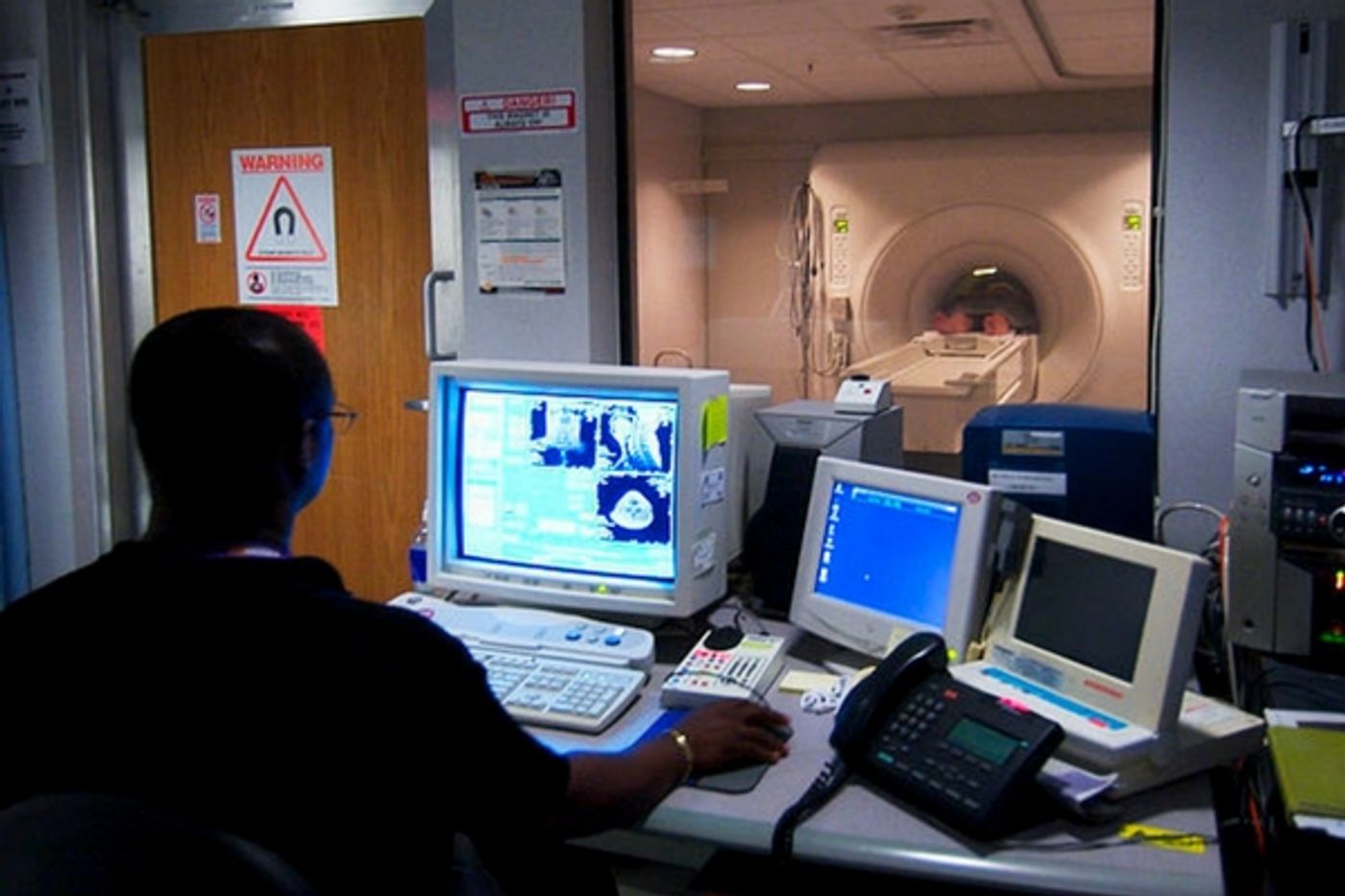Brain Activity During a Religious Experience
While the concept of religion and spirituality is very personal and individual, science is having a crack at it with a recent fMRI study of how the brain reacts to religious stimuli. In this one study, conducted at the University of Utah, fMRI scans of devout Mormons showed that the brain circuits that are activated during experiences like gambling, love, sex and drugs are the same ones that are activated while praying and viewing religious material. Reward circuits in the brain, the parts of our minds that are most active during fun, exciting or thrilling experiences, light up during spiritual moments as well. The results were published in the journal Social Neuroscience on November 29, 2016.
Neuroradiologist Jeff Anderson, senior author on the study explained, “We’re just beginning to understand how the brain participates in experiences that believers interpret as spiritual, divine or transcendent. In the last few years, brain imaging technologies have matured in ways that are letting us approach questions that have been around for millennia.”
The research team for this study set out to observe, via functional MRI scans, which particular brain networks played a part in switching on these spiritual feelings. The team at the University of Utah looked at one certain group, that of young adult devout Mormons. There was a reason for this. In the Mormon faith, “feeling the Spirit” is something that is encouraged through prayer and contemplation. Mormons are called to make important life decisions based on prayer and what comes to them via the communication between themselves and the divine. Seeing how these feelings are represented in the brain would be especially important for members of the Mormon faith.
The study group was comprised of 19 church members, 7 women, and 12 men. Functional MRI scans, where the MRI can pick up brain activity while a person completes a task, were used. The MRI exam was an hour long and included six minutes of rest, six minutes watching a video on church membership, eight minutes of inspirational quotations my Mormon and other religious leaders, eight minutes of reading passages from the familiar Book of Mormon, a twelve minute video of inspiring devotional content family scenes, Biblical moments and scenes acted out and another eight minutes of religious quotes.
Study volunteers were also asked to answer questions during different parts of the scan about when they were feeling the spirit, how strongly and they also answered detailed questions at the end of the study about how the exam in general made them feel. Almost every volunteer reported that the exam and the content they viewed had them feeling as if they had attended a powerful service of worship.
Lead author Michael Ferguson, a graduate student at the University of Utah in the bioengineering department conducted the scans and worked on assembling the data. In a press release he stated, “When our study participants were instructed to think about a savior, about being with their families for eternity, about their heavenly rewards, their brains and bodies physically responded.”
Specifically those responses were shown on the scans as activity “lighting up” in the nucleus accumbens, which is the region of the brain responsible for processing reward. In addition to this brain activity, at peak moments of spiritual excitement as reported by the study volunteers, monitoring showed that the heart rate increased and breathing was deeper.
The study was very small, and since it included only participants from one religion, it can’t be extrapolated to other religions. There is a body of previous research all over the world that has investigated the God-brain connection, in eastern religions as well as other western faiths and these most recent scans have provided even more information in the search to understand how the brain behaves during certain emotional or spiritual moments. The study is the first undertaken in the Religious Brain Project, begun in 2014 by University of Utah researchers to study what goes on in the brains of people who have deeply held religious beliefs. Check out the video below to learn more.
Sources: University of Utah, Social Neuroscience, CNN









